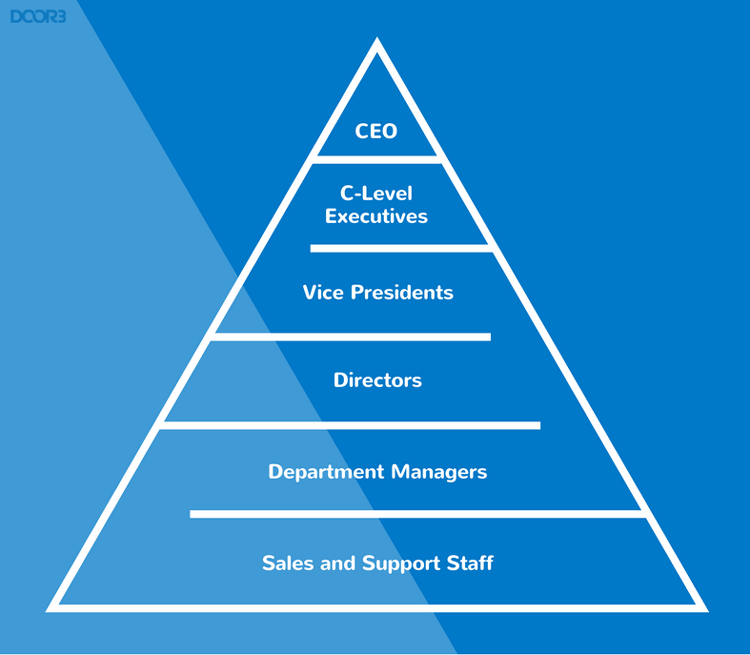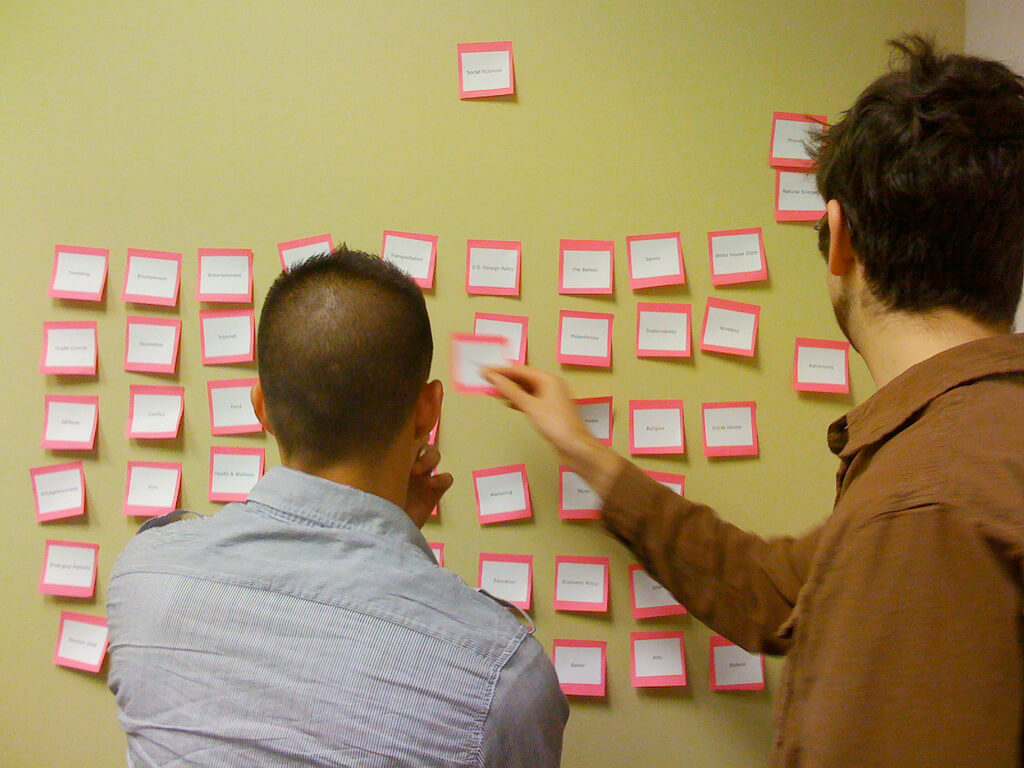Are You Sick of Politics Yet? Don’t let it Ruin Your Intranet Design
04.18.2017Politics Can Ruin Your Intranet Design
Getting the right custom intranet design for your company can be really difficult. The reason for that might not be what you think. It’s not money … it’s not technology … it politics. Not the Republican vs. Democrats kind of politics, but good-old-internal-company-politics. That’s why it’s important to know best practices of intranet design.
The type of politics we see on intranet design projects is usually people disagreeing about what is most important because they are passionate about their group, department, practice, etc. and they want to their priorities to be elevated to the homepage or to key landing pages. These politics result from people disagreeing about what the goal of the intranet design is in general.
Unlike politics, there is an attainable solution that most can implement. Organizations that have well-defined missions, goals, objectives, and structures, will have an easier time navigating these issues since the intranet design is to a certain extent, a representation of the organization.
What Do the Polls Say?
Nielsen Norman Group research shows that “a company with 10,000 employees can save $4 million per year by going from bad intranet usability to average intranet usability.” So there is no question about whether improving your intranet design will improve your bottom line. The question is, how do you improve the design and functionality of your intranet while avoiding the politics of a company-wide project of this scope?
Top-level managers and executives may be used to making decisions for their teams, but for this project, it’s important to get input from the people who are using the intranet every day. And who uses it every day? Well, that’s the first question you should ask. Often, it’s the people who may not have a seat at the table when the intranet is being designed, that are the people who use it the most. When designing an intranet, user testing will help you make sure that everyday users have a voice as well as senior management.
While company politics may feel undesirable, the truth is that passionate opinions can be good for your project when they’re based on user data. We’re not suggesting you have thousands, or even hundreds, of employees involved in designing your new intranet. In building over 20 custom intranet design solutions, what we have learned is that you need at least eight power-users that you can interview and do user testing with. While it can be advantageous to have more users involved in testing, what’s really important is to get it done.

A strategy that we employ in this is to think in terms of a triangle. The people at the bottom of the triangle are the users that you speak with and gather information from and the person at the top of the triangle, most likely their manager or the head of their department, is the one who reviews the outcomes and makes the decision on prioritization. One level up from that, you speak with all the heads of the departments to gather the information (for say, the homepage) but you may work with the CEO (or some title at the next level up) to make the decision on prioritization for that. If you understand and structure the project to work within these chains of command it can be quite easy to get it all done.
How to Design Your Intranet (You Don’t Need a Campaign Manager)

If you’re looking for examples of good intranet design, you’re probably not going to find them. Most company intranets are behind a firewall, so you aren’t going to find a blog post that shows images of the “Top 10 Intranet Design Trends” to give you inspiration. If you decide to use an existing, rather than a custom solution, you’ll be stuck using the available templates which may not address your users’ needs.
We believe it’s worth taking the time to do user research before you even start to think about what the intranet design will look like. Why is this data important? What do you do with it? User testing data will make it clear which features are important to include in your company’s intranet design. While we’ve found that 80% of intranets have similar functionality, strategically designing the other 20% of your custom intranet is what will increase adoption and the productivity of your employees. And dare we say, actually make using the intranet enjoyable. It’s funny because 80% of the intranet may be typical, business as usual, but the other 20% is very specific to your company’s business goals and objectives. (And that 20 percent often maps to things that make your company unique in terms of your value proposition, structure, expertise, and even your company culture.)
Steps To Create a Successful Intranet Design
Doing user research may sound overwhelming, but it doesn’t have to be. If you want to do the research and design yourself, these are the steps we suggest:
1. Run some tests. You can use simple online card sorting tests with users. These require less than 30 mins of an employee’s time and can easily be completed online at their convenience. No schedules need to be consulted, no meeting room needs to be reserved, people can participate at a time that’s best for them.
2. Follow up. Investigate interesting points by doing in-depth interviews to gather the most relevant data. How much time does the employee spend using the intranet? What are the tasks this person needs to accomplish? What are the unique needs of this user?
3. Weight the data properly. Factor in how much the user needs to use the intranet to do their job, rather than ranking opinions by the org chart. People often make the mistake of weighing senior executives’ opinions over the everyday users’. While we’re not saying to disregard senior stakeholders, the people who use the intranet to do their job every day need to be strongly considered.
4. Let the homepage build itself. We think of an intranet design project as another type of triangle, with the homepage at the top and pages that have more specific information arranged below. Most people would be inclined to start at the top (with the homepage) and work their way down. Instead, we recommend starting at the bottom, where pages are the most singularly focused. Build the information architecture, layout, and content strategy for those first. Then at the next level up from there, the pages are usually a consolidation of the most important things from the pages below. So, because you already have those done, it’s easy to look at them and determine what should rise to the top. By the time you get to the homepage, at the top of the triangle, the page almost builds itself since you are highlighting components that have already been identified as being the most important.
Don’t Forget About Your Constituents
Taking the time to understand how your employees really use your intranet (instead of how you think they do) will really improve the design, usability, and adoption. While polls may be misleading in DC, we at DOOR3 find that just 4 hours of research can make the difference between a bad intranet design and a great one. And if you come across some problems with intranet design, we have solutions for them here. Contact us today!
Image credits: KOMUnews, Sarah B. Brooks



